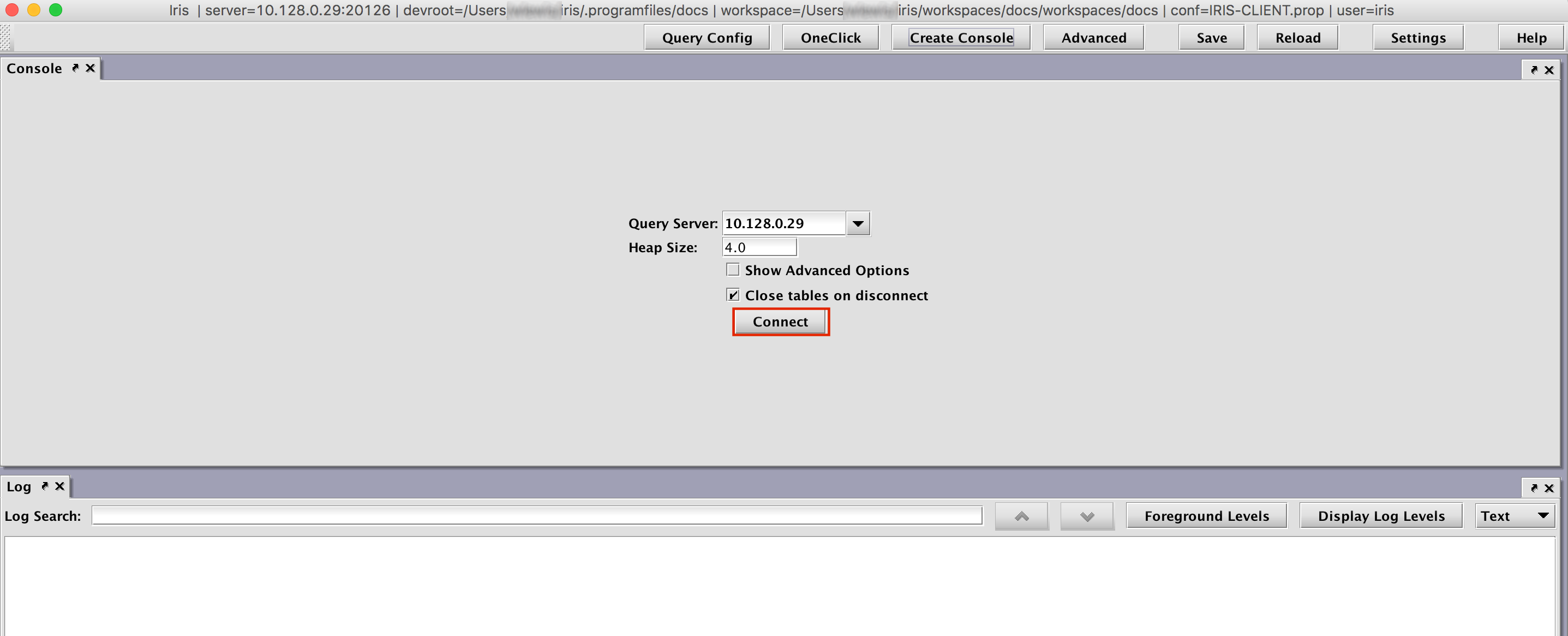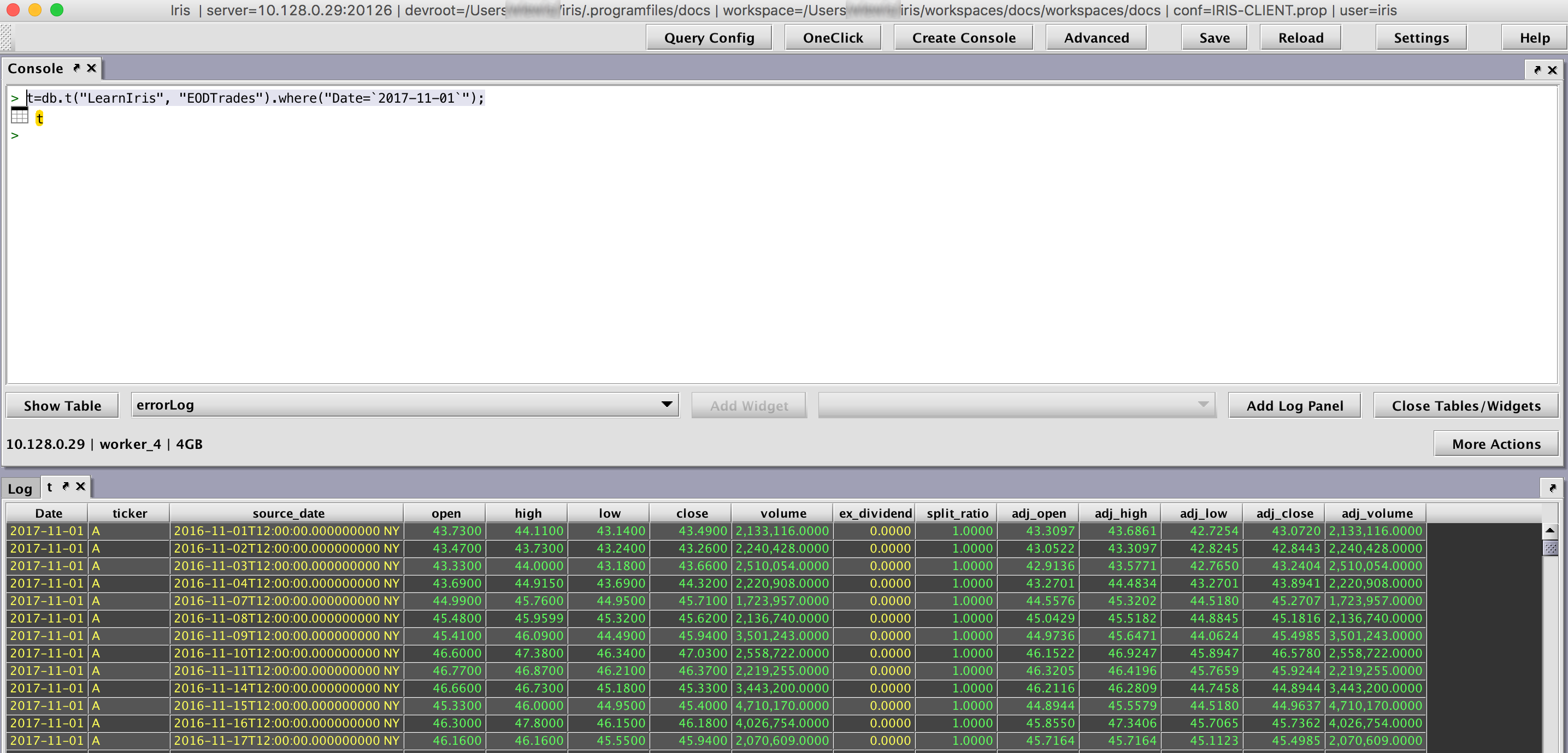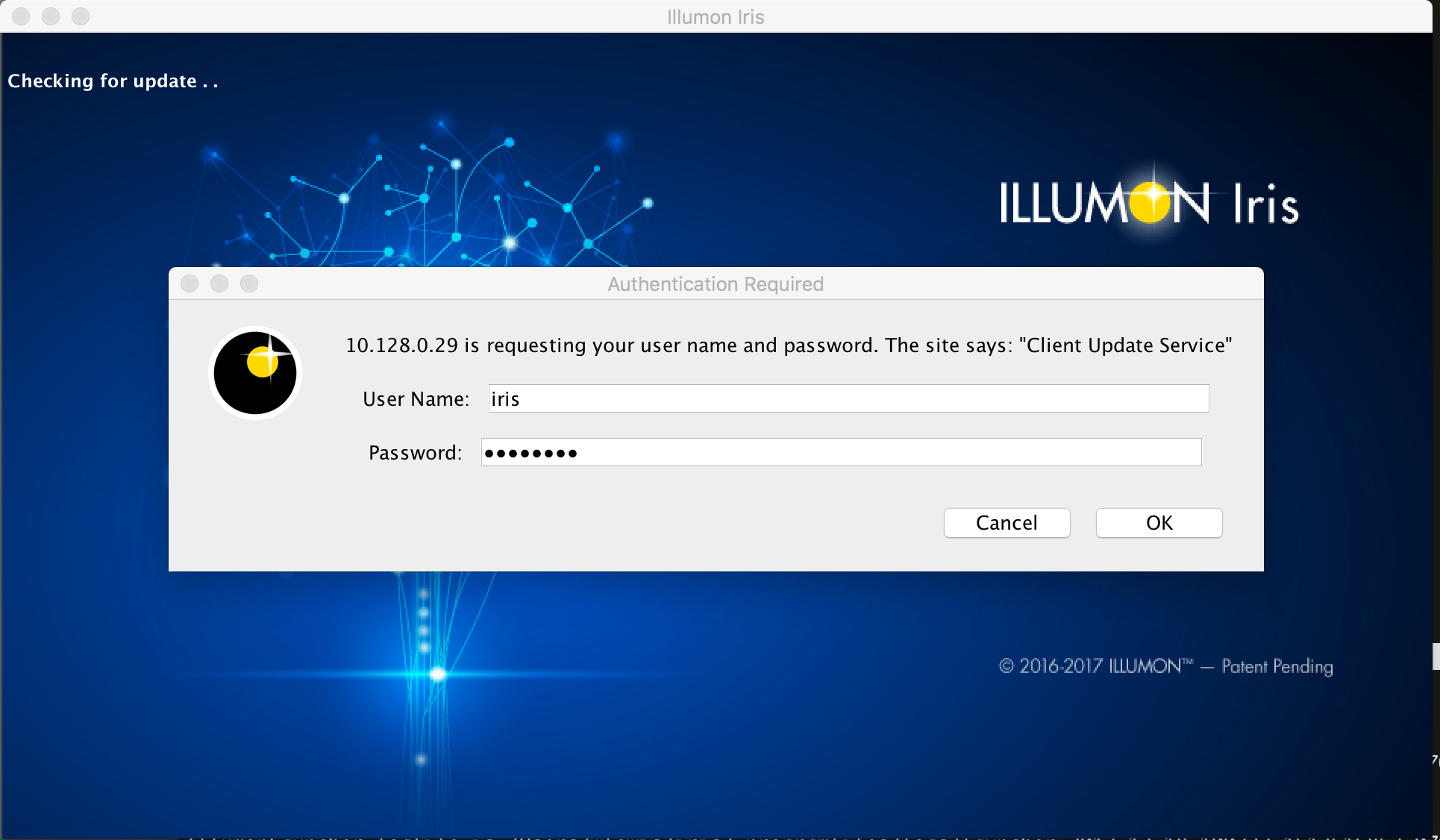The Deephaven Server Installation Guide
This document details the steps to installing Deephaven.
Prerequisites
This section provides information on how to provision a physical or virtual server for Deephaven software.
Deephaven can be installed on a Linux server or virtual machine.
Minimum Hardware Requirements
|
Processor: |
x86_64 (64-bit) |
|
RAM: |
128 GB minimum, 512 GB preferred |
|
Database Disk Space: |
Mount: /db |
|
Intraday Data |
Mount: /db/Intraday |
|
Historical Data |
Mount: /db/Systems |
|
Operating System: |
Centos/RHEL version 6.x or greater (ver 7.x recommended) |
Operating System Settings
Turn off swap in the kernel.
echo "vm.swappiness = 0"| sudo tee -a /etc/sysctl.conf
sudo sysctl -p
Note: Many Deephaven processes use large amounts of RAM. If swapping is permitted, the kernel may swap a significant portion of RAM allocated to Deephaven processes. In some environments, this can drastically increase the time needed to run garbage collection (GC). Extremely long GCs can cause network timeouts that adversely impact system stability. For this reason, in addition to general performance concerns, it is strongly recommended that servers running Deephaven are provisioned with ample RAM and configured to avoid swapping.
Set minimum process limits.
Add or adjust the following settings in /etc/security/limits.conf file:
* soft nproc 204800
* hard nproc 204800
root soft nproc unlimited
Set minimum open files limits.
Add or adjust the following settings in /etc/security/limits.conf file:
cat /etc/security/limits.d/*-nofile.conf
* soft nofile 65535
* hard nofile 65535
root soft nofile unlimited
Kernel Settings
The use of Transparent Huge Page memory should be disabled.
To check for use of Transparent Huge Pages:
cat /sys/kernel/mm/transparent_hugepage/enabled
always madvise [never]To disable Transparent Huge Pages in the kernel for Centos 7:
sudo vi /etc/default/grub
Locate the line starting with:
GRUB_CMDLINE_LINUX=Add the following option to the current list:
'transparent_hugepage=never'sudo grub2-mkconfig -o /boot/grub2/grub.cfg
The IO scheduler should be set to use the 'deadline' scheduler.
Centos 7:
sudo vi /etc/default/grub
Locate the line starting with: GRUB_CMDLINE_LINUX=
Add the following option to the current list: 'elevator=deadline'
sudo grub2-mkconfig -o /boot/grub2/grub.cfg
Reboot the server for the settings to take effect.
Install OS Package Dependencies
The following software packages are required for the basic installation. The software's version (when noted) is confirmed to function with Deephaven. However, later versions should be compatible as well.
- epel-release
- redhat-lsb-core
- initscripts
- python-pip
- monit
- wget
- unzip
- mariadb-server
- mariadb
- nfs-utils
- glibc
- libgcc
- libgomp
- libstdc++
- httpd-tools
- lighttpd
- Python version 2.7 (version 3 is not supported at this time)
sudo yum -y install epel-release
sudo yum -y install redhat-lsb-core initscripts python-pip monit wget unzip mariadb-server mariadb nfs-utils glibc libgcc libgomp libstdc++ httpd-tools lighttpd
sudo systemctl enable mariadb
sudo systemctl start mariadb
Download and Install the Oracle Java JDK *rpm
Download the latest Oracle Java JDK 8 rpm: http://www.oracle.com/technetwork/java/javase/downloads/index.html
Install the downloaded rpm:
sudo yum localinstall -y jdk<VERSION>.rpm*
Install Deephaven Server Software
There are two packages to install: the Deephaven Database package and Deephaven Configuration package. Your Deephaven account representative will provide you with the latest versions of these two packages.
To install the Deephaven server software, you will first need to copy the packages onto your provisioned Deephaven Linux host. Once the packages have been copied to the host, you should SSH onto the server and run the following commands to install the Deephaven Database and the Deephaven Configuration packages:
sudo yum localinstall illumon-db-<VERSION>.rpm -y
sudo yum localinstall iris-config-<VERSION>.rpm -y
The installation includes a default set of configuration files and sample data for a basic Deephaven installation. Note: See Customizing the Deephaven Configuration for more information about customizing your Deephaven configuration.
Install MySql Java Connector Software
Deephaven uses MySql (mariadb) to store authentication and database ACL information. This requires the mysql-connector-java JAR to be installed into /etc/sysconfig/illumon.d/java_lib.
sudo curl -SL http://central.maven.org/maven2/mysql/mysql-connector-java/5.1.43/mysql-connector-java-5.1.43.jar -o mysql-connector-java-5.1.43-bin.jar
sudo cp mysql-connector-java-5.1.43-bin.jar /etc/sysconfig/illumon.d/java_lib/
Modify the Deephaven Configuration
The default Deephaven configuration uses 'localhost'. To configure the various processes to allow connections from a remote console update the following Java properties from 'localhost' to the server FQDN or IP Address:
echo 'FQDNorIP' | sudo tee -a /etc/sysconfig/illumon.d/resources/query_servers.txt
sudo sed -i 's/localhost/FQDNorIP/g' /etc/sysconfig/illumon.d/resources/*.prop
Configure the Client Update Service
The Deephaven Launcher uses the Client Update Service to access code and configuration settings from your Deephaven server. However, before installing and running the Launcher, the Client Update Service must be configured and enabled on the Deephaven server using monit. Follow these steps to enable the Client Update Service:
- On the Deephaven Server, edit the
/var/www/lighttpd/iris/iris/getdown.txt.prefile. Set theappbasevalue, replacingWEBHOSTwith the FQDN or host address of your Deephaven server. The following example demonstrates using 10.20.30.40 as the host address: - In the Deephaven monit configuration folder, remove the
.disabledextension from the Client Update Service file name.
#appbase = http://WEBHOST/iris/
appbase = http://10.20.30.40/iris/
#ui.install_error = http://WEBHOST/iris/error.htmlui.install_error = http://10.20.30.40/iris/error.html
cd /etc/sysconfig/illumon.d/monit
sudo mv cus.disabled cus.conf
Start Deephaven Processes
Deephaven processes are started and stopped with Monit. (Refer to https://mmonit.com/monit for more information.)
All Monit configuration files for the Deephaven processes are located in /etc/sysconfig/illumon.d/monit.
Start the monit daemon:
sudo service monit restart
Start the Deephaven processes with the following:
sudo monit start all
This will start all the Deephaven processes enabled in /etc/sysconfig/illumon.d/monit
It may take a few minutes for all processes to start. You can check the status of all processes with the following:
sudo monit status
You can stop all the configured Deephaven processes with the following:
sudo monit stop all
Alternatively, individual Deephaven processes can be stopped and started with the following:
sudo monit stop <process name>
sudo monit start <process name>
You may start individual Deephaven processes with the following:
sudo monit start authentication_server
sudo monit start db_acl_write_server
sudo monit start db_dis
sudo monit start db_ltds
sudo monit start db_query_server
sudo monit start db_ruts
sudo monit start iris_controller
sudo monit start tailer1
You can check the status of individual processes with the following:
sudo monit status <process name>
Access the Client Update Service
Once the Client Update Service is up and running, you can proceed to install and run the Launcher on client desktops. The installers for Windows, Mac and Linux desktops can be downloaded from the Client Update Service on your Deephaven server using any browser:
http://<IRIS_SERVER_ADDRESS>
- Default username:
iris - Default password:
Illumon1 - Download the installer for your OS
Verify Your Installation
- Start your launcher and connect to the server.

- Click New to create a new Instance and enter:
- The URL to your server:
http://<IRIS_SERVER_ADDRESS>/iris - An Instance Nickname
- A Workspace Name

Click OK or Press Enter on your keyboard.
- The URL to your server:
- On the next screen, click Launch.
- In the next window, enter the User Name and Password when prompted by the site "Client Update Service".
- User Name:
iris - Password:
Illumon1 -
Enter the default administrative account credentials as shown below:
- Name:
iris - Password:
iris

- Name:
- Click Create Console

- Select the server in the Query Server drop-down menu, and click Connect

- Paste the following query into the console to verify a query against the installed dataset:
t=db.t("LearnIris", "StockTrades").where("Date=`2017-08-25`");
The lower panel should populate with the
LearnIris/StockTradessample data set, as shown below:

Last Updated: 23 September 2019 12:04 -04:00 UTC Deephaven v.1.20181212 (See other versions)
Deephaven Documentation Copyright 2016-2019 Deephaven Data Labs, LLC All Rights Reserved